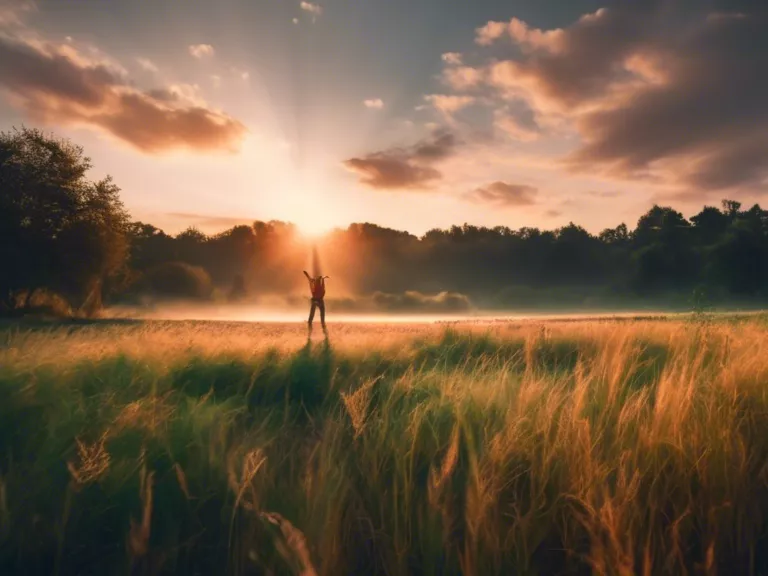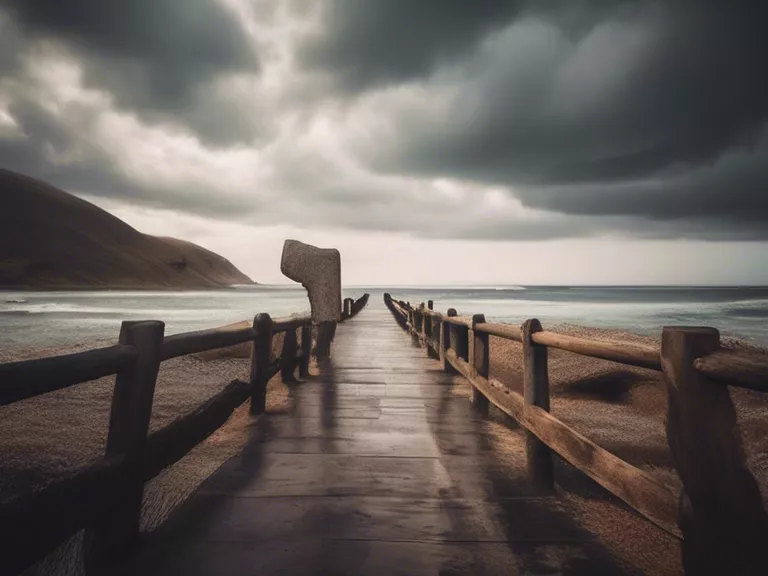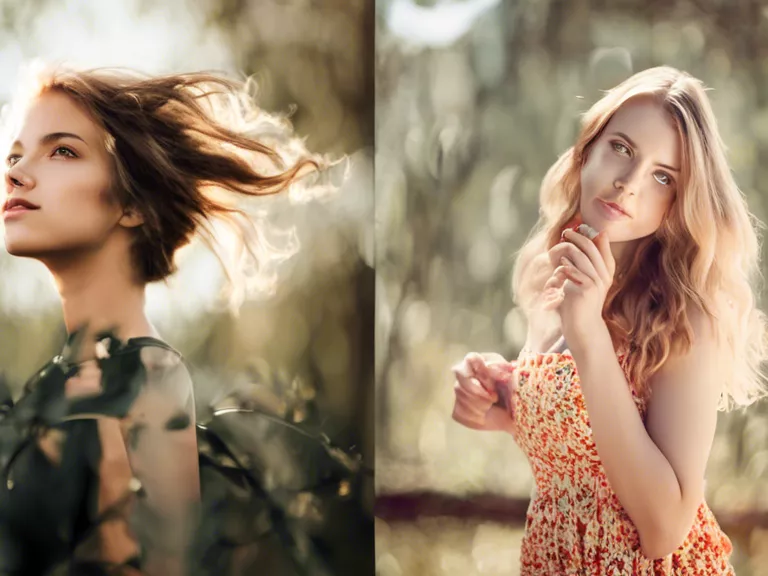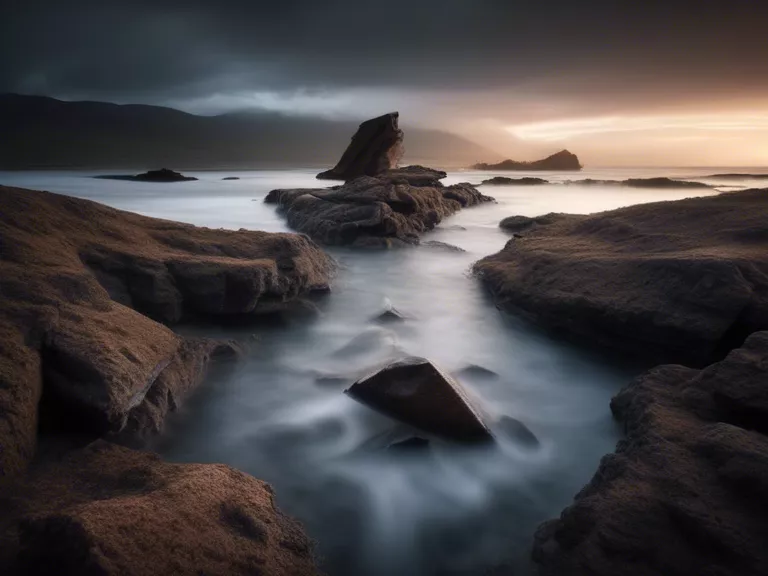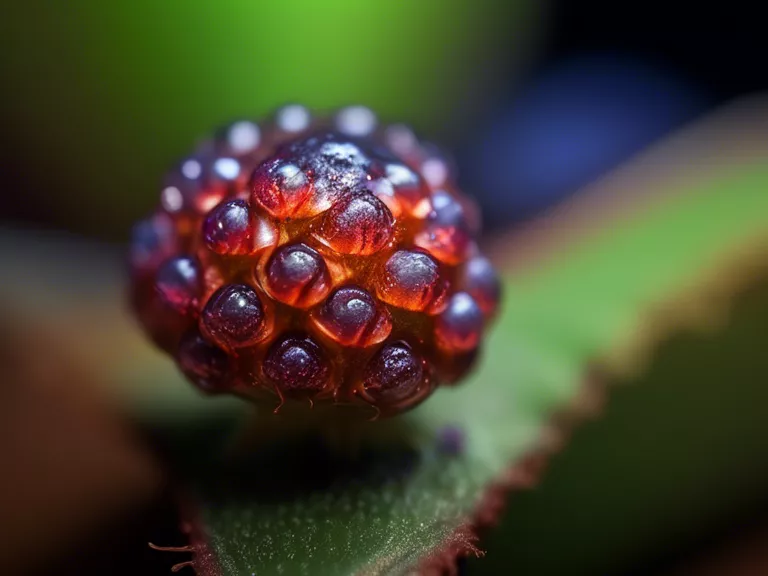
Macro photography allows us to capture intricate details in small subjects, but often comes with a challenge - shallow depth of field. However, with focus stacking, we can achieve greater depth in our macro images. In this article, we will explore how to use focus stacking to take your macro photography to the next level.
What is Focus Stacking?
Focus stacking is a technique where multiple images of the same subject are taken at different focus points and then combined to create a final image with an extended depth of field. This process allows us to capture sharp details throughout the subject, overcoming the limitations of a single shot with shallow depth of field.
Steps to Use Focus Stacking in Macro Photography
- Set up your camera on a stable surface or tripod to avoid any movement between shots.
- Choose a narrow aperture (e.g., f/8 to f/16) to maximize depth of field.
- Manually select your focus point and take a series of shots, adjusting the focus slightly for each shot to cover the entire subject.
- Use photo editing software like Photoshop or specialized focus stacking software to merge the images into a final stacked image.
- Fine-tune the final image by adjusting contrast, saturation, and sharpness to achieve the desired look.
Benefits of Focus Stacking
- Greater Depth: By combining multiple images with different focus points, you can achieve sharpness across the entire subject.
- Increased Detail: Focus stacking allows you to capture intricate details that may be missed with a single shot.
- Creative Control: With focus stacking, you have more control over the final image's depth of field, enabling you to emphasize specific areas of the subject.
Conclusion
Focus stacking is a powerful technique for enhancing depth and detail in macro photography. By following the steps outlined above and experimenting with different focus points, you can take your macro images to new heights. Give focus stacking a try and experience the difference it can make in your photography.
